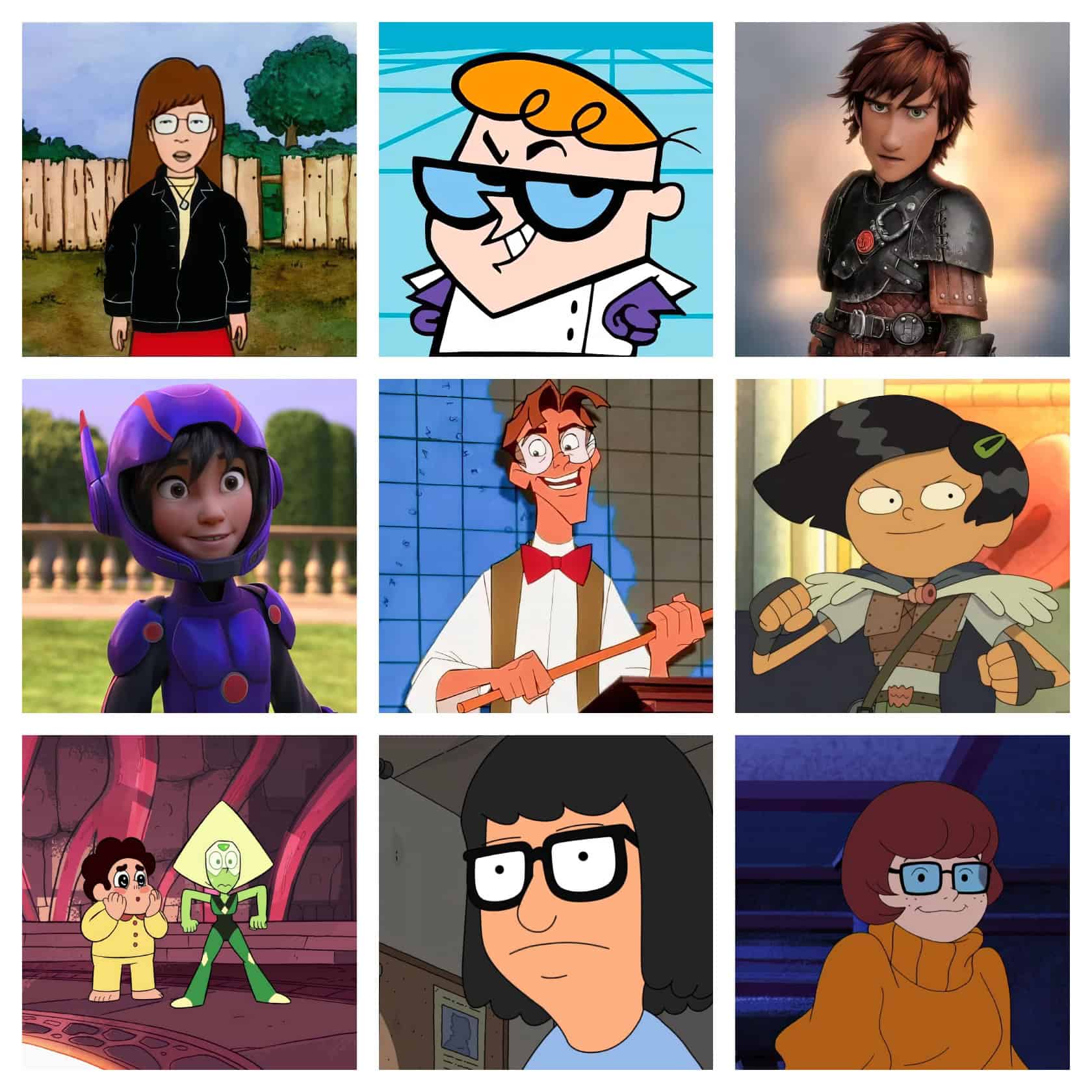Can’t find cartoon heroes that truly speak to your inner geek? Nerdy cartoon characters have not just entertained us—they’ve reshaped pop culture in surprising ways. In this blog, you’ll meet 10 iconic animated nerds who’ve inspired creativity, boosted individuality, and given geeks everywhere reason to cheer.
Step into the spotlight with these impactful cartoon nerds!
Key Takeaways
Nerdy cartoon icons like Velma Dinkley and Dexter reshaped our view of smart characters in pop culture—making brainpower cool rather than dull.
Awkward teens such as Tina Belcher and Daria Morgendorffer challenged typical labels by proudly owning their quirks instead of trying to blend in with everyone else.
Characters like Hiro Hamada and Flint Lockwood spark real-life excitement for science and robotics in kids, often nudging them toward careers in STEM.
Animated nerds tend to share common traits like thick-rimmed glasses, social awkwardness, and intense enthusiasm for their favorite interests or hobbies.
From 1995 until now, these cartoon nerds grew beyond basic stereotypes into characters with real personalities and emotional depth—helping viewers relate and feel understood.
Table of Contents
Velma Dinkley (Scooby-Doo!)
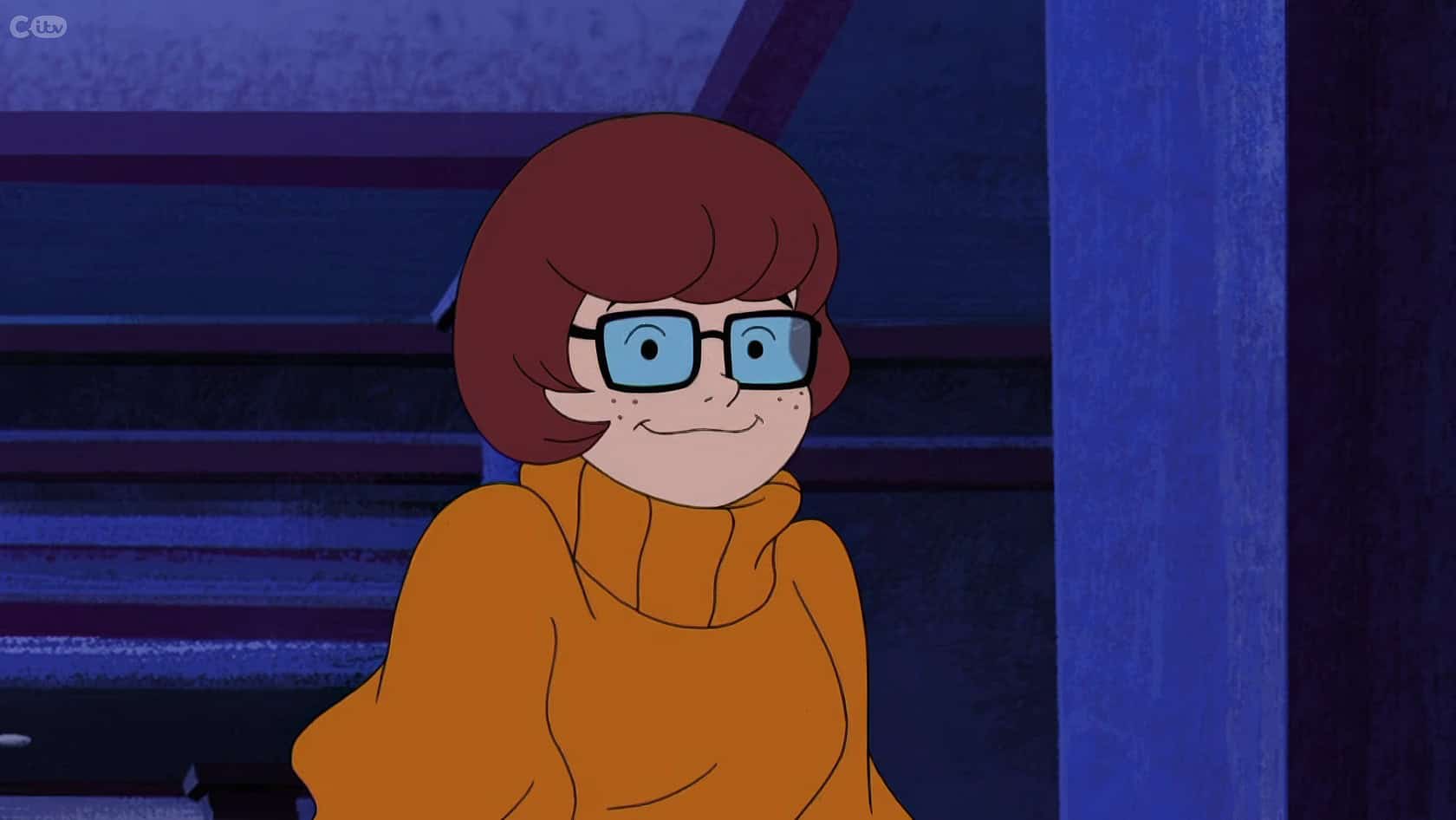
Velma Dinkley is the genius behind Mystery Inc.’s success. Her iconic orange turtleneck, thick-framed glasses, and knee-high socks give off major “smart kid” vibes. Fans adore her quick wit and logical mind, which crack even the most challenging mysteries.
She tends to misplace her glasses at crucial times—a funny little quirk that makes her brilliance relatable. Her charm lies precisely in this blend of sharp intelligence and endearing imperfections.
Jinkies! The clues were right in front of us all along!
Recent portrayals have revealed new sides to Velma’s personality. Her nervous behavior around Coco Diablo in “Trick or Treat Scooby-Doo!” showed viewers a more personal side of her.
The spin-off series even explored Velma’s romantic feelings for Daphne, adding fresh layers to a familiar character. Velma proves being clever can also go hand-in-hand with complexity and depth.
Dexter (Dexter’s Laboratory)
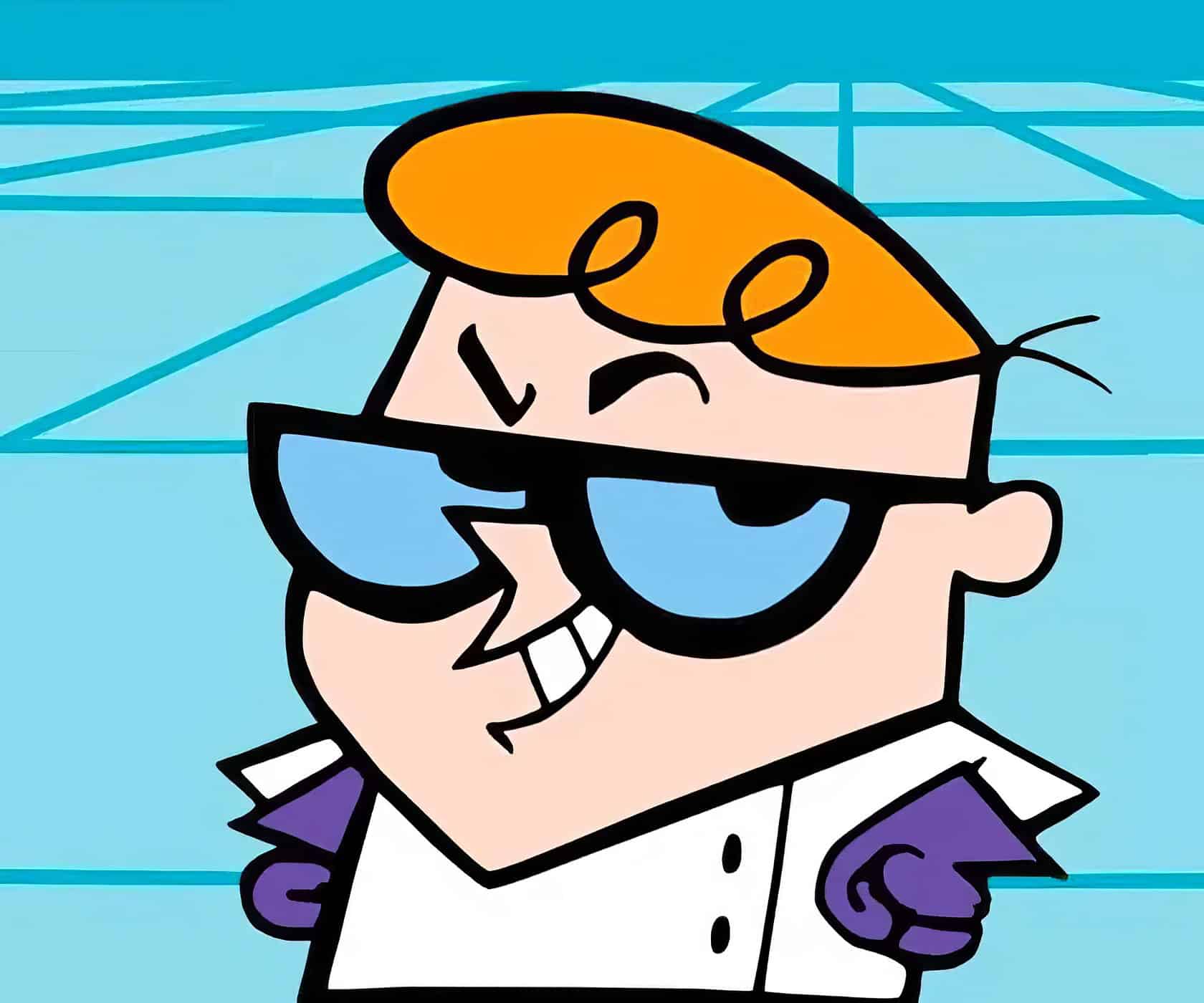
Dexter exploded onto TV in 1995 as an adorable boy genius—with a hidden lab and an annoying sister. Created by Genndy Tartakovsky for Cartoon Network‘s “What a Cartoon!” series, this tiny scientist, with his thick glasses and white lab coat, instantly captured audiences.
Kids found Dexter easy and fun to draw thanks to the show’s simple but unique art style. His quirky accent and hilarious catchphrases—like the unforgettable “Dee Dee, get out of my laboratory!”—stayed with viewers for years.
Each fast-paced episode, lasting only 7 or 11 minutes, packed tons of laughs, clever jokes about science, and relatable sibling feuds that geeks of every age loved. Beyond plain entertainment, Dexter’s Laboratory reshaped animation itself by helping Cartoon Network move into artist-focused content, giving creators greater freedom over stories and style.
Dexter made smart kids cool, proving that brains could easily star in popular cartoons. His rivalry with Mandark and the regular struggles of everyday kid life blended sci-fi plots perfectly with familiar problems.
Next in line came Daria Morgendorffer—another clever cartoon character who handled teen life and nerdiness from a completely different perspective.
Daria Morgendorffer (Daria)
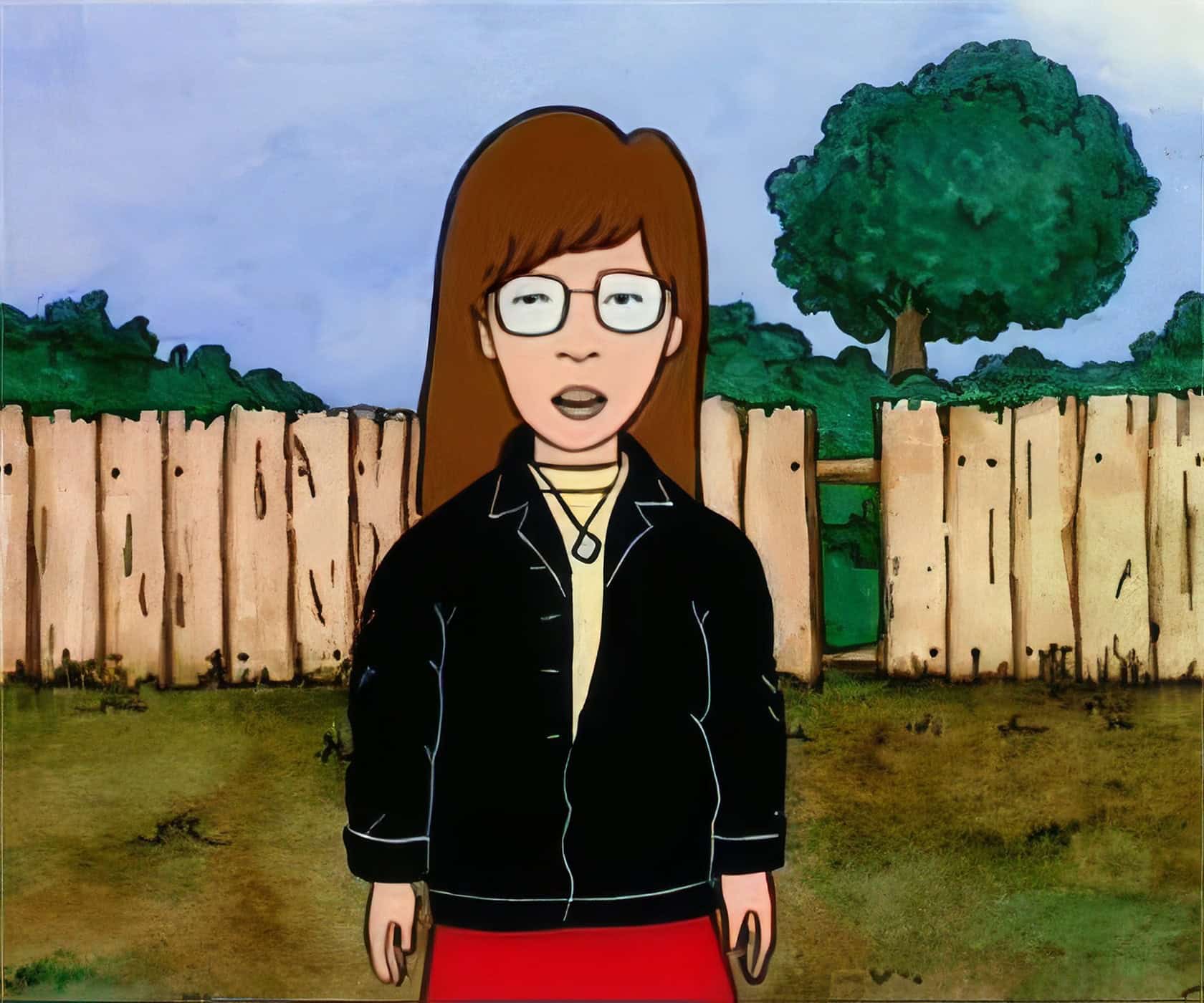
Switching gears from lab genius to MTV’s sarcastic teen critic, Daria Morgendorffer became a beloved anti-popularity icon on TV screens everywhere, from 1997 through 2002.
Voiced by Tracy Grandstaff, this cynical, glasses-wearing teen first appeared as a supporting role on “Beavis and Butt-Head”. Daria soon got her own spotlight—65 episodes and two made-for-TV movies later, she earned a lasting spot in animation history. Her dry, cutting humor dissected high school drama and social expectations effortlessly.
Fans keep Daria’s sarcastic quips alive by quoting them regularly. Plans to launch a spin-off series called “Jodie” collapsed in 2024, yet Daria showed audiences that a smart, brutally honest girl could headline a series without the bubbly smile and popularity contest.
Tina Belcher (Bob’s Burgers)
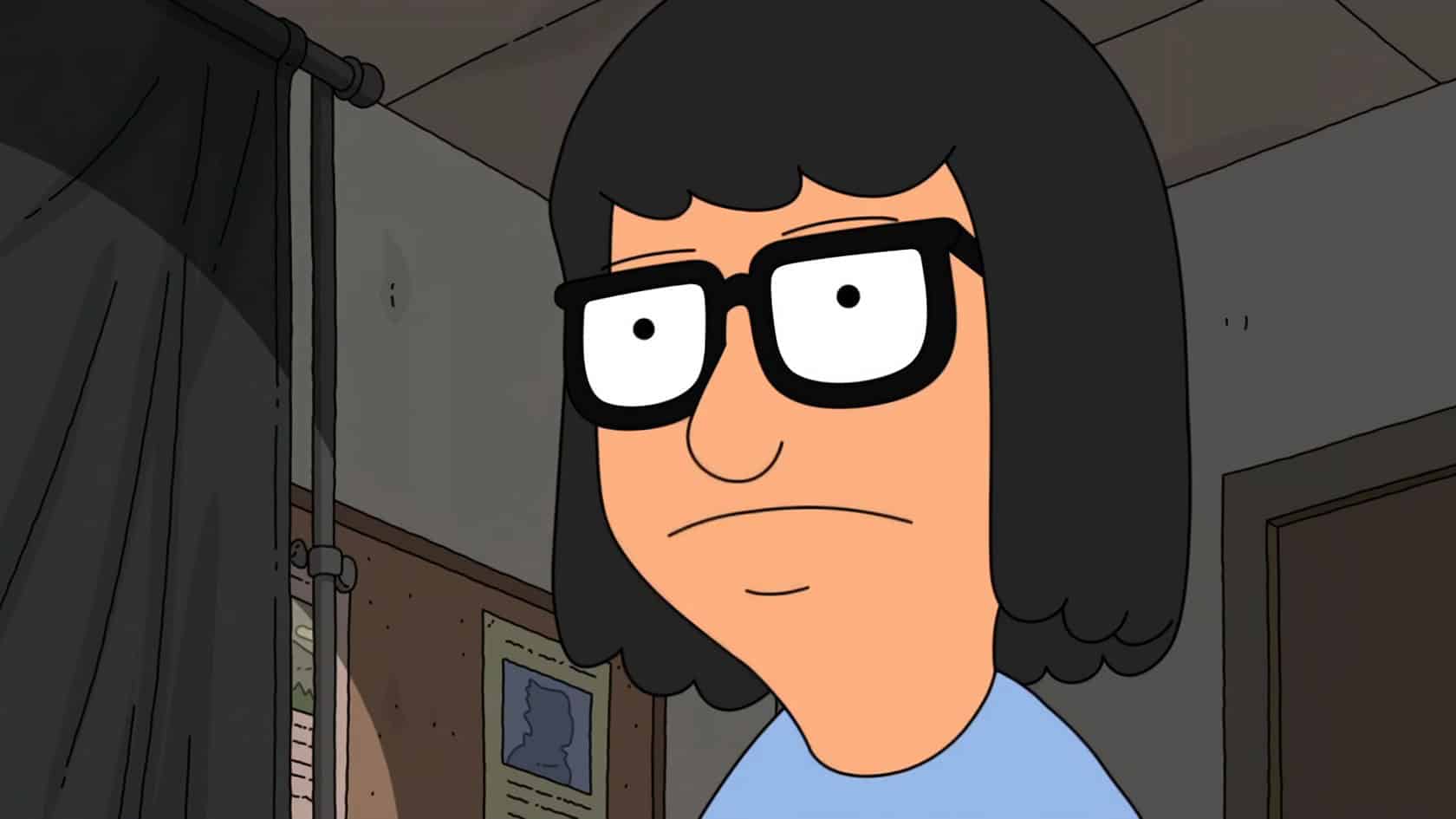
Daria might’ve owned teenage angst in the 90s, but today, Tina Belcher speaks directly to awkward teens everywhere. As the oldest kid in the Belcher family, she breaks away from usual cartoon stereotypes.
Tina wears thick glasses, speaks in a perfectly flat voice, and openly celebrates all things weird. Her drawn-out “uhhhhhh” groan has turned into a well-known cultural joke that fans love to copy.
Her unusual hobbies, like creating imaginative “erotic friend fiction” starring her classmates or her well-known crush on Jimmy Junior, add humor and relatability. Tina embraces her quirky personality through painfully awkward moments, providing inspiration for anyone who has felt a bit out of place.
Through this Bob’s Burgers favorite, nerdy girls get proof that being true to oneself can be funny, layered, and incredibly cool.
Flint Lockwood (Cloudy with a Chance of Meatballs)
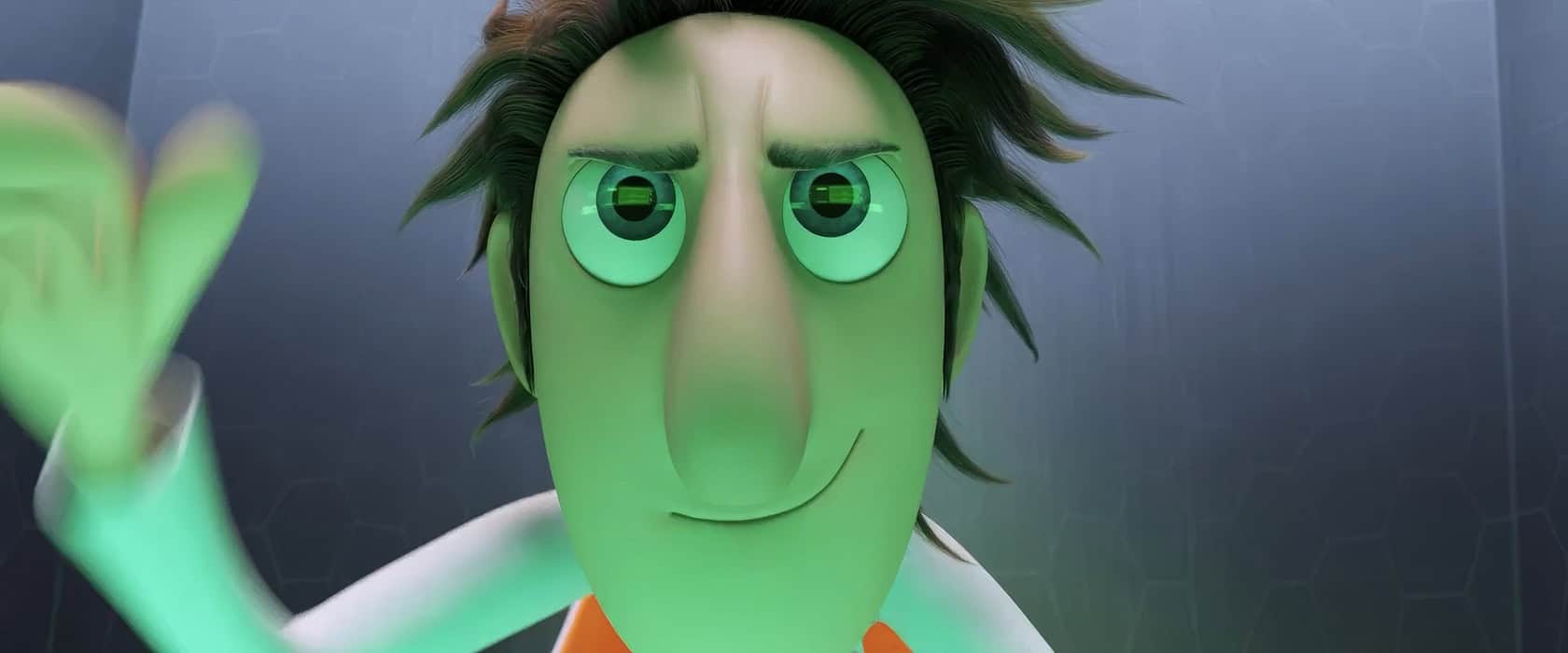
Flint Lockwood ranks among animation’s most charming science geeks. This eccentric inventor hails from Swallow Falls, a sleepy fishing town he turned upside down with a machine that makes food rain from the sky.
Flint may be socially awkward, but that never slows his creative spirit or ambitious dreams. With messy hair, a lab coat, and wild experiments, audiences instantly fell in love with this clever scientist who steps in to save everyone.
My invention works! It really works!
His story proves that being a little different can spark incredible adventures. Flint creates wild gadgets—including spray-on shoes and his famous food-maker, the FLDSMDFR—that showcase his inventive genius. His persistent trials, even when most creations fail, show the heart of every geek with big ideas who refuses to quit.
Hiro Hamada (Big Hero 6)
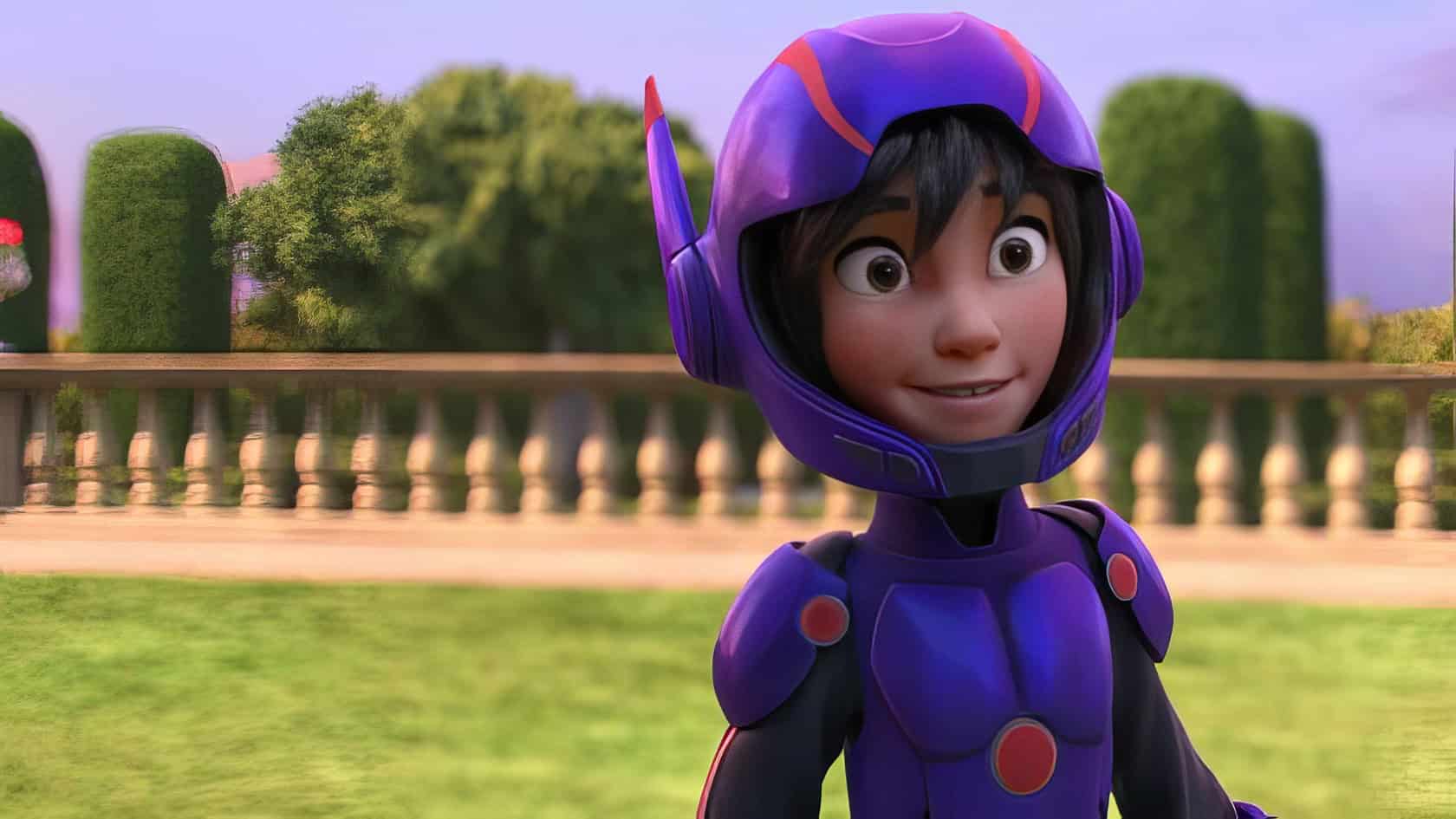
Hiro Hamada shines as the teen robotics prodigy in Disney’s 2014 hit film, “Big Hero 6”. From his home in the tech-savvy city of San Fransokyo, Hiro blends genius-level robotics skills with everyday teenage awkwardness.
After a tragic accident causes the loss of his older brother, Hiro faces deep grief while still inventing incredible gadgets. Fans connect with Hiro—the kid who fumbles socially but dazzles with robot-building talent.
His friendship with Baymax leads to heartfelt moments, balancing out the film’s serious challenges. Watching Hiro grow from a shy teen into a confident team leader shows that smart traits can blossom into true strengths.
Peridot (Steven Universe)
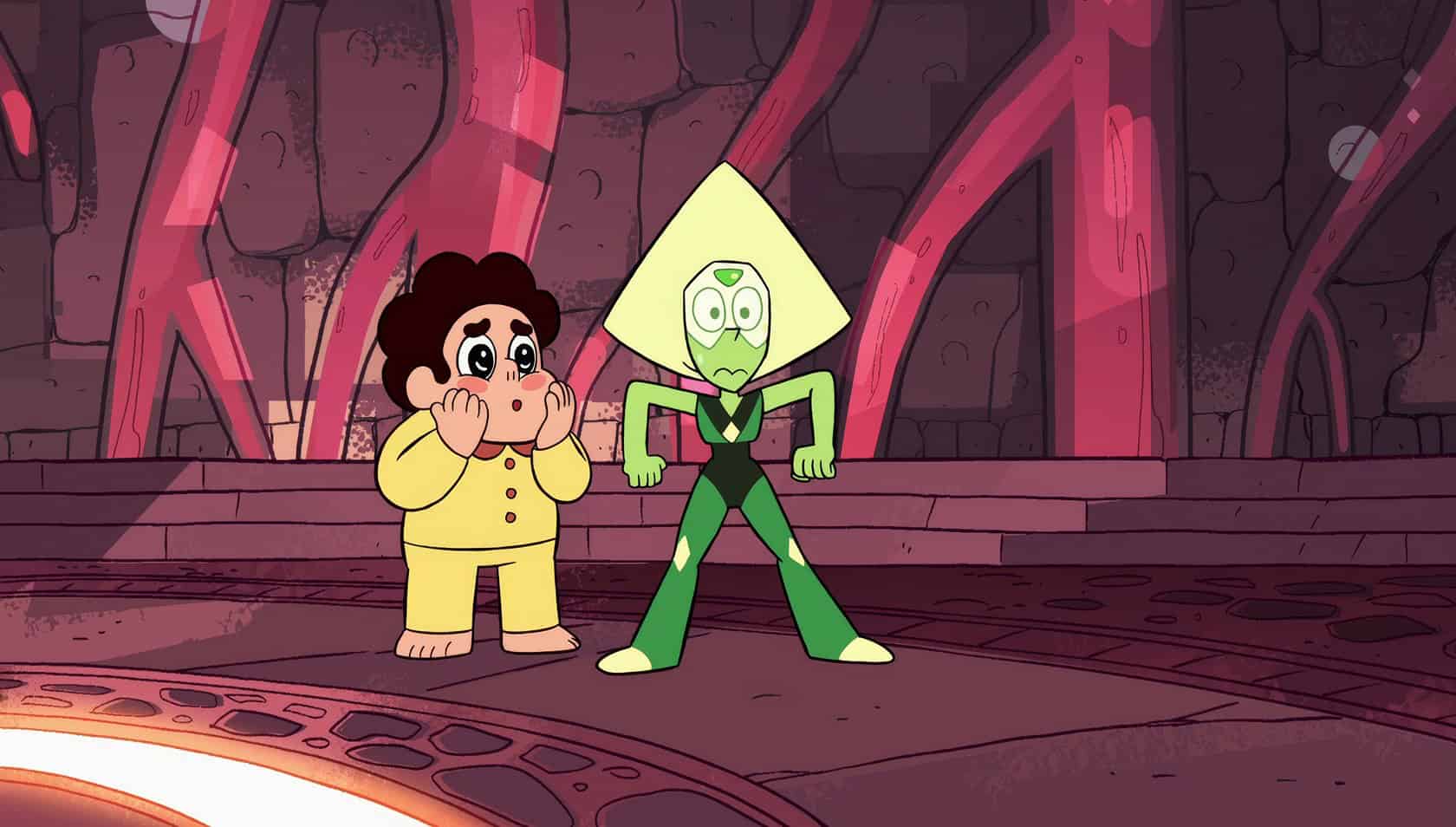
Peridot ranks among the most engagingly nerdy cartoon characters we have seen. She started out as a villain in the episode “Warp Tour” and became a Crystal Gem ally by the time we reached “Message Received”.
Her impressive tech skills cover fixing gadgets, constructing equipment, and even growing plants. Fans admire her large vocabulary and the entertaining way she reacts to everyday Earth details like TV programs or small quirks.
Her evolution from villain to friend highlights why nerdy personalities matter in pop culture. Peridot’s character journey shows that true intelligence involves growth and adaptation. With bright green skin and unique triangle-shaped hair, she offers geeks a truly distinctive figure.
Marcy Wu (Amphibia)

Marcy Wu takes nerdy charm to the next level in “Amphibia”, similar to Peridot’s tech skills in Steven Universe but with a fresh twist. First appearing in season two, Marcy quickly earned viewer affection with her sharp wit and bright mind.
Growing up in Los Angeles as the child of Taiwanese parents, she found herself on a wild journey through a strange land filled with talking frogs. Her intelligence earned her a role as a ranger for the royal guard in Newtopia, showing that smart kids can get real power.
Being smart made me feel special when nothing else did.
Her adventure takes a darker turn once the mysterious Core takes control, dramatically changing Marcy into Darcy. This challenge shows that even the brightest often face serious trials.
She loves games, puzzles, and reading, traits that inspire younger geeks. Rather than relying on typical nerd stereotypes, Marcy faces real threats, grows as a person, and learns hard lessons along the way. Her ability to combine academic smarts with practical sense helps her thrive in a world very different from her home.
Milo Thatch (Atlantis: The Lost Empire)
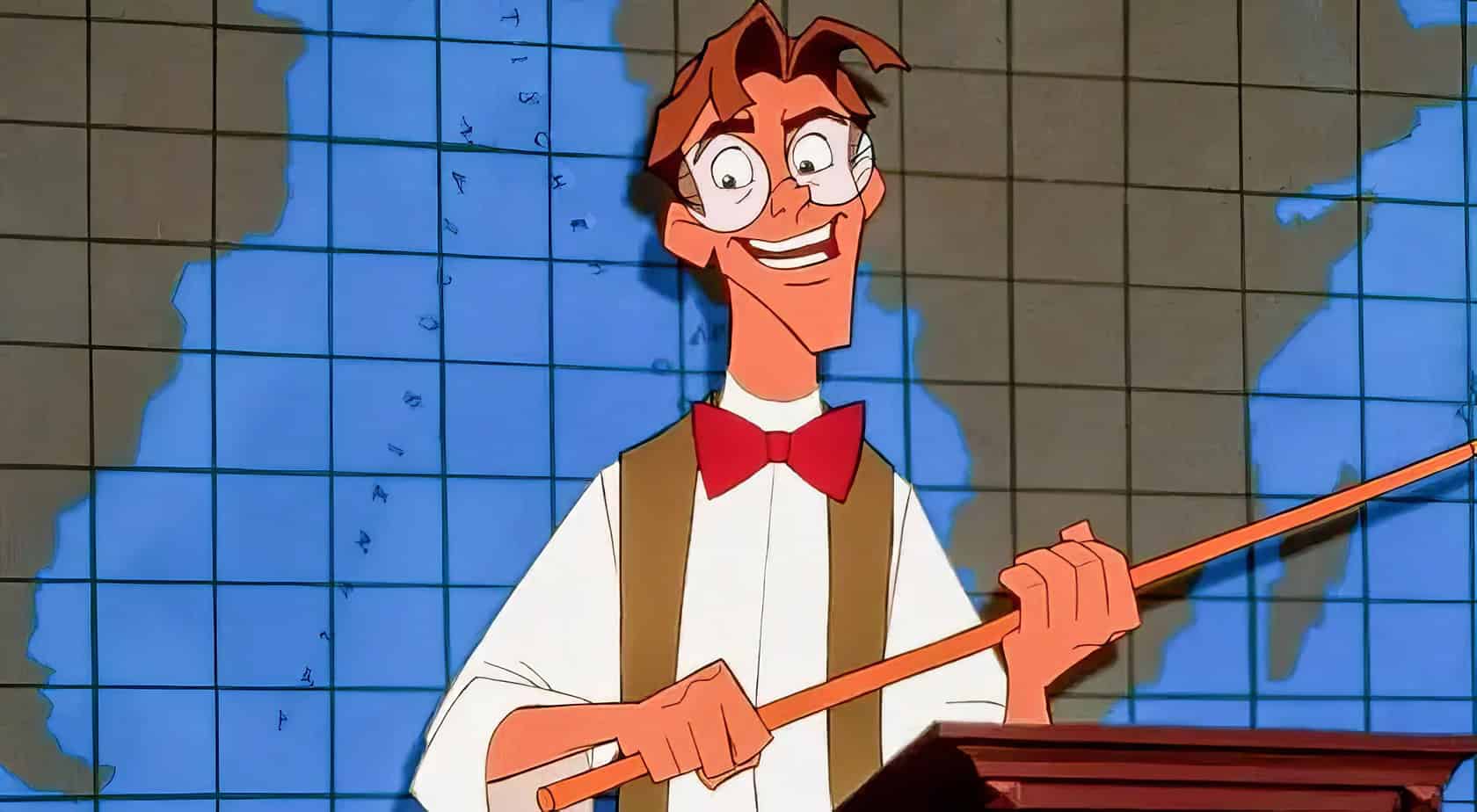
Milo Thatch shines as one of Disney’s smartest heroes, starring in their 2001 animated movie. Voiced perfectly by Michael J. Fox, Milo combines awkward charm with relentless drive.
With his oversized glasses and slender build, he is a favorite among book lovers. His gift for ancient languages makes him stand out from typical adventurers.
Starting off as an overlooked museum employee, Milo eventually discovers the lost city of Atlantis, proving that knowledge can overcome physical strength. Disney broke new ground with Milo’s story by giving audiences a character who conquered challenges using intellect over brawn. His skill in translating the Shepherd’s Journal and speaking Atlantean revealed the true power of learning.
Viewers who connected with Belle from Beauty and the Beast quickly saw that Milo shared her love for learning and all things literary. His determined, smart personality paved the way for later brainy characters like Hiro Hamada from Big Hero 6.
Hiccup Haddock (How to Train Your Dragon)
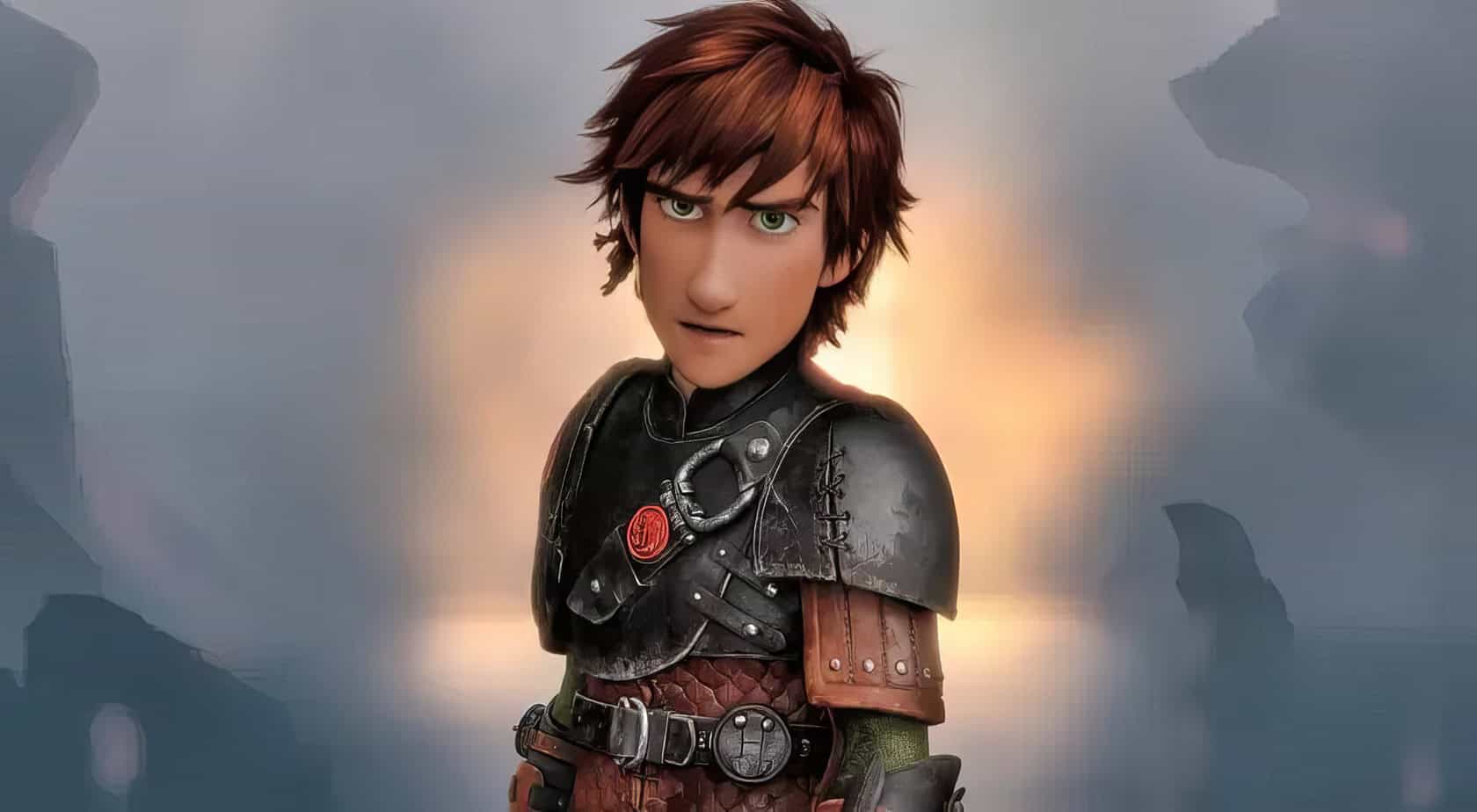
Hiccup Haddock is the charming hero at the center of the “How to Train Your Dragon” series. At first, he is a skinny, awkward teen—far from the mighty Viking his father, Stoick the Vast, expects him to be.
Yet Hiccup surprises everyone when he bonds closely with Toothless, a rare Night Fury dragon. His blend of quick thinking, compassion, and problem-solving convinces the villagers of Berk that dragons can be loyal friends, not fearsome foes.
Fans admire Hiccup for his growth from an outsider to a respected leader. Actor Jay Baruchel lends him humor and warmth, and the touching bond with his mother, Valka, adds even more layers to his story. Excitement builds around the upcoming live-action film as fans await a fresh take on this clever, dragon-riding Viking.
What Makes These Characters Nerdy?
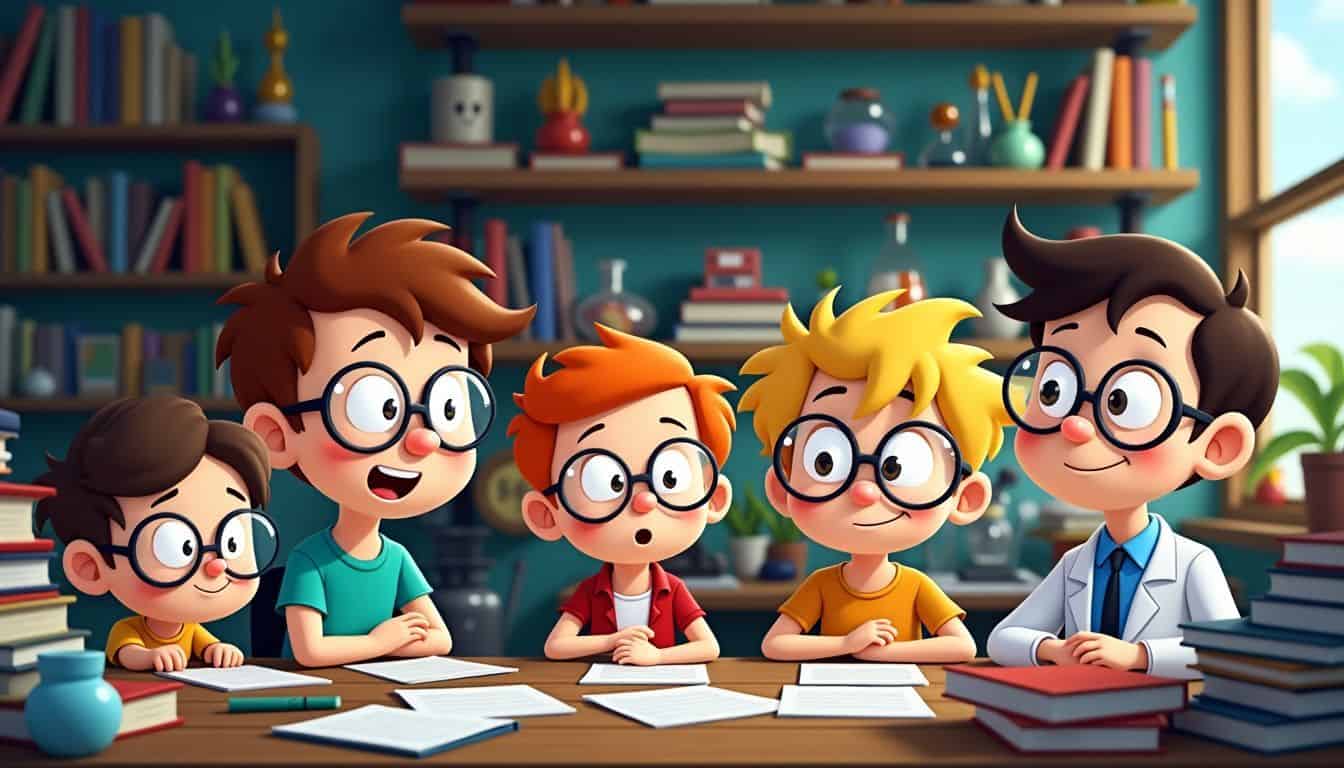
These cartoon nerds share a passion for facts, figures, and deep thinking that sets them apart. Their thick glasses, unusual hobbies, and social struggles create a perfect blend of traits that resonate with fans.
Uniquely intelligent personalities
Nerdy cartoon characters stand out because of their remarkable brains and unique ways of thinking. Lisa Simpson’s impressive IQ of 159 makes her a genius at solving tough situations—even as she struggles socially at school.
Intelligent characters do more than fix tricky problems; they view life from new angles. Dr. Spencer Reid never forgets a single detail with his perfect memory, while Dexter builds incredible inventions in his private lab.
Their intelligence often comes with funny quirks, making them more relatable and human.
Smart cartoon minds work differently from regular ones and sometimes create memorable moments of humor. Elliot Reid often shows that being book-smart does not guarantee common sense, giving us funny memories we cherish.
Many of these characters sport glasses—like Clark Kent—or use memorable phrases like “Bazinga!” Fans still repeat these lines years after watching the episodes. Each character offers something special: Velma’s sharp detective abilities or Hiro Hamada’s robotics genius at San Fransokyo Institute of Technology.
Their creative and unusual ways of thinking encourage real-life kids to explore science, enjoy math, and pick up intriguing books.
Their love for science, technology, or books
These cartoon icons all share a huge passion for knowledge—a quality that defines them. Velma cannot function without a stack of books. Dexter turns his bedroom into a personal science wonderland.
Flint Lockwood invents wild food-making machines, like real scientists who work on projects that capture our interest. Some characters carry special gear to match their clever minds—Peridot taps away on a tablet, Hiro tinkers with robotics tools, and Marcy scribbles discoveries in her detailed fact journal.
Their rooms overflow with posters about science, quirky gadgets, or piles of books that show where their true passions lie.
This love for learning pushes their stories forward. Hiccup designs gear to help Toothless fly again. Milo uses his deep understanding of ancient languages to solve mysteries no one else can.
These smart characters show that brains can outmatch muscle. After watching Dexter, kids become eager to try building their own robots.
Social awkwardness or quirks
Nerdy cartoon characters are not just known for loving books or science—they also display relatable social quirks that make them likable. They often struggle with common social signals or feel uneasy in group settings.
For example, Izuku Midoriya and Peter Parker stumble during conversations, often stammering awkwardly or using nervous gestures around classmates. Belle from “Beauty and the Beast” deals with local gossip over her love of reading and embraces her traits to find strength.
Such social quirks give these characters charm and authenticity. Bruce Banner’s constant nervous mannerisms and Amy Santiago’s strict rule-following add to their appeal.
Tina Belcher from “Bob’s Burgers” speaks in a flat tone and shows a unique passion for horses, making her memorable. Similarly, Marcy Wu easily drifts into fantasy, often missing obvious social cues around her.
Fans appreciate these details as they mirror moments of feeling out-of-place that many experience.
Why Nerdy Characters Resonate with Audiences

Nerdy cartoon characters connect with fans by showing real struggles, smart thinking, and the ability to solve tough problems with brains rather than brawn. They have changed how cool intelligence is and inspired a generation of proud fans like Stewie from Family Guy or Elsa from Frozen!
Relatable traits
We love nerdy cartoon characters because they reflect awkward moments from everyday life. Velma fumbling to find her glasses during a chase or Dexter struggling in social situations mirrors experiences many have had.
Their embarrassing teen experiences seem all too familiar—trying to blend in while staying honest about who they are. Tina Belcher’s unique daydreams still remind some of odd high school moments.
Their funny charm and memorable traits give depth to characters that ordinary heroes seldom display. Female nerds like Daria or Marcy Wu show the pressure to change in order to be accepted.
Inspirational problem-solving abilities
Nerdy cartoon heroes offer clever solutions to tricky problems while remaining relatable. These brainy characters face challenges with smart ideas and creative gadgets.
For example, Hermione Granger uses quick thinking to escape danger, and Flint Lockwood’s wild inventions feature in “Cloudy with a Chance of Meatballs”.
Hiro Hamada inspires kids with his robotics talent, sparking interest in science projects. Characters like these show that brains often win over brawn. Watching Dexter, many kids become eager to experiment with building robots.
In the “Hunger Games”, Katniss Everdeen uses clever strategies to challenge unfair rules, proving that smart thinking can change communities. Milo Thatch uses his love of learning and curiosity to solve ancient mysteries.
How Nerdy Characters Inspire Creativity
Nerdy cartoon heroes spark our imaginations with wild inventions, skillful problem-solving, and a deep passion for learning. They show kids and adults that being smart is cool and that science can lead to amazing adventures! Read on to see how characters like Dexter and Hiro Hamada make STEM fields exciting while encouraging fans to embrace their inner geek.
Promoting STEM-related interests
Cartoon characters with a tech vibe spark an interest in science and technology. Tony Stark, for example, makes science appealing through his gadgets and creative problem-solving.
These animated heroes explain tricky concepts in a fun and clear manner, keeping viewers intrigued. A personal observation from a summer camp showed kids excited by Hiro Hamada from “Big Hero 6” actively joining robotics projects.
Girls who watched shows like “The X-Files” began showing increased interest in STEM careers afterward. Mythbusters revealed science outside the classroom with fun experiments and surprising findings.
Dexter and Flint Lockwood create a similar effect; their passion for experiments inspires younger fans to explore science on their own.
Encouraging individuality
Nerdy cartoon characters set examples of being true to oneself. In shows like Steven Universe, Peridot changes from a tech-focused alien to a character finding her own way.
Seeing this growth teaches viewers that unique interests and unusual hobbies make a person special. Observations at Anime Expo showed kids dressing as their favorite brainy heroes, proudly displaying their passion for science, books, and creativity.
These characters break stereotypes and show that intelligence can be appealing. Hiccup from “How to Train Your Dragon” uses clever ideas to save his friends, inspiring viewers to value both brains and compassion in everyday life. Fashion designers even take cues from nerdy characters to create styles that resonate with diverse audiences.
Iconic Traits of Nerdy Cartoon Characters
From thick glasses to pocket protectors, nerdy cartoon characters sport visual cues that make them stand out. Their quirky habits—like Dexter’s accent or Velma’s “Jinkies!”—remain memorable and part of their charm.
Keep reading to see how these iconic traits have shaped our favorite brainy characters and changed pop culture forever!
Glasses and signature styles
Glasses often define nerdy cartoon characters, making them instantly recognizable. Velma Dinkley’s rectangular frames, which often slip during Scooby-Doo scenes, lead her to cry, “My glasses! I can’t see without my glasses!” Arthur Read has worn round spectacles since 1996, establishing his smart, book-loving style.
Miriam Pickles stands out as well, sporting trendy cat-eye glasses that highlight her individuality. These eyewear choices are not just for vision—they signal a character’s smarts and uniqueness.
Cartoon geniuses show other memorable fashion details besides glasses. Dexter sports his famous lab coat, while Tina Belcher uses a noticeable barrette, both creating their own distinct style.
Such visual hints, seen in anime and Western cartoons, allow fans to recognize favorite intellectual characters quickly. Distinctive fashion details give these nerdy cartoon stars extra personality.
Catchphrases or memorable habits
Nerdy cartoon characters are remembered for their catchy phrases and amusing habits. Jimmy Neutron yells “Brain blast!” when an idea strikes, a phrase that became popular among children across schools.
Steve Urkel’s quirky moves even inspired a term to describe awkward smart behavior. Fans often imitate Sheldon Cooper’s humorous science quotes from “The Big Bang Theory”. At a science fair, a room full of people once shouted “Brain blast!” after a smart solution was presented.
Actions like pushing glasses up noses, fast typing, or even laughing out loud capture the essence of these characters. Dexter, with his heavy accent and lab coat, is unforgettable, while Velma’s repeated loss of her glasses remains iconic.
Tina Belcher’s unique groan from “Bob’s Burgers” has become a common reference in memes, and Flint Lockwood’s animated gestures when explaining his food machine leave a lasting impression on viewers.
These small details elevate nerdy cartoon characters into cultural icons.
The Role of Nerdy Characters in Pop Culture
Nerdy cartoon characters have changed how we see smart people on screen. They shifted TV portrayals from labeling brains as awkward outsiders to celebrating intelligent heroes who make a difference using their minds.
Consider Peridot from “Steven Universe”: she solves tricky situations using tech know-how while developing as a person. Such portrayals challenge outdated stereotypes and support more balanced representations of intelligence.
Modern TV series now offer deeper, relatable smart characters instead of simplistic clichés. Marcy Wu from “Amphibia” shows a sharp mind coupled with real emotions, making her easy to relate to. Interactions with technology have even shaped perceptions of real tech experts through characters like Flint Lockwood, who lead fully developed storylines.
These examples encourage kids to see intelligence as appealing and mainstream, rather than a trait of outsiders.
Breaking stereotypes
Media portrayals of smart characters have come a long way from the old “glasses and pocket protector” cliché. Nerdy cartoon heroes now show intelligence in diverse and interesting ways.
Velma Dinkley, for instance, solves mysteries with pure brainpower, while Hiro Hamada blends tech skills with emotional maturity. Recent shows also feature strong, witty female nerds like Amy Santiago from Brooklyn Nine-Nine and Devi Vishwakumar from Never Have I Ever, moving past outdated clichés that once underestimated women’s intellect.
These newer portrayals challenge the notion that smart equals socially awkward or boring. Tina Belcher from Bob’s Burgers embraces her cleverness along with her quirky personality, and viewers appreciate her for it.
Peridot from Steven Universe shows that tech-savvy characters can grow emotionally, overcoming personal limits. Humorous takes on geek culture celebrate its strengths and encourage fans to connect with these characters on a deeper level.
Fans appreciate every detail as they see that being different is what makes a person interesting.
How Are Nerdy Cartoon Characters Changing in 2025?
Nerdy cartoon favorites will receive a tech boost in 2025. Traditional flat 2D animation will shift to richer 3D CGI, giving classics like Dexter and Velma Dinkley more depth and detail.
Using advanced AI and real-time rendering, creators craft vivid tales that draw audiences into imaginative worlds, much like video-game-inspired shows. Fans of Hiro Hamada or Flint Lockwood will see their cherished characters on adventures that mix real-world elements with fantastical themes.
Soon, these clever personalities will step off the screen, interacting through VR and AR. Imagine exploring atomic structures alongside Peridot or tinkering on inventions next to Milo Thatch in your living space! The lovable traits—stylish glasses, unique charm, and strong intelligence—remain while tech expands the storytelling canvas.
Personalities such as Marcy Wu and Hiccup Haddock continue to be themselves, now using fresh, immersive tools to keep audiences engaged.
Other memorable names such as Megan Griffin, Chris, Lois, and Amethyst appear in various animated stories, while trends also highlight characters like Smiley Face, Quasimodo, and Olaf. References to figures like Imhotep and The Mummy continue to influence creative storytelling alongside classic personas such as Gaston, Rapunzel, Megara, The Hunchback of Notre Dame, and Oakey Oaks, adding richness to animated narratives.
People Also Ask
Who are some of the most famous nerdy cartoon characters in pop culture?
Popular nerdy cartoon icons include Professor Farnsworth in Futurama, Nobita from Doraemon, and Marinette Dupain-Cheng from Miraculous. Even Scrooge McDuck in DuckTales made intelligence and precision traits that kids admired—proving smart can be fun and exciting to watch.
How did characters from “A Goofy Movie” impact cartoon history?
Max Goof from “A Goofy Movie” transformed the portrayal of smart, awkward teens in cartoons. His struggle to fit in while staying true to himself made him realistic, likable, and relatable to everyday viewers.
What makes Flynn Rider from “Tangled” a revolutionary character?
Flynn Rider—or Eugene Fitzherbert—challenged typical prince stereotypes with humor, brains, and relatable flaws. At the Snuggly Duckling, he showed nerdy misfits can step into heroic roles, reshaping how Disney shaped their male leads.
Why are the duck characters from Disney so important to nerdy pop culture?
Donald Duck’s nephews, Huey, Dewey, and Louie, became role models for bright, curious kids everywhere. DuckTales showed how science smarts, historical interests, and puzzle-solving skills can lead to thrilling adventures—much more rewarding than just reading quietly in libraries.
How did Star Trek characters influence cartoon nerds?
The “Spockmania” craze from Star Trek inspired lots of logical, science-loving cartoon heroes. Animated shows soon adopted topics like atoms, protons, nuclei—and addressed tough ethical choices—all ideas made famous by Captain Kirk and crew.
Where can I find images of these iconic nerdy characters?
You can easily find stock photos and royalty-free images of these popular characters on websites like Getty Images. Plenty of online sources offer pictures of cartoon favorites—from Pinocchio and Geppetto to the kids from “Rugrats: All Grown Up!”
References
https://en.wikipedia.org/wiki/Velma_Dinkley
https://www.syfy.com/syfy-wire/how-dexters-laboratory-changed-american-cartoons
https://en.wikipedia.org/wiki/Daria
https://spencerirwin.substack.com/p/daria-the-role-model-daria-the-bully
https://blogs.bu.edu/hoochie/2019/03/04/tina-belcher-an-iconic-animated-character/
https://cloudywithachanceofmeatballs.fandom.com/wiki/Flint_Lockwood
https://bighero6.fandom.com/wiki/Hiro_Hamada
https://disney.fandom.com/wiki/Hiro_Hamada
https://steven-universe.fandom.com/wiki/Peridot
https://www.youtube.com/watch?v=isi7umvxewE
https://atlantisthelostempire.fandom.com/wiki/Milo_Thatch
https://howtotrainyourdragon.fandom.com/wiki/Hiccup_Horrendous_Haddock_III_(Franchise)
https://www.watchmojo.com/articles/top-10-tv-nerds
https://www.landofgeek.com/posts/iconic-female-characters-geek-culture (2024-05-29)
https://listverse.com/2019/01/22/10-ways-nerds-and-scientists-have-inspired-each-other/ (2019-01-22)
https://tvtropes.org/pmwiki/pmwiki.php/Main/EndearinglyDorky
https://pdxscholar.library.pdx.edu/cgi/viewcontent.cgi?article=1809&context=open_access_etds
https://www.ranker.com/list/greatest-geeks-in-tv-history/ranker-tv
https://www.landofgeek.com/posts/anime-influence-western-pop-culture (2024-05-27)
https://lastcalltrivia.com/learn/famous-nerds/ (2019-09-25)
https://mediatropes.com/index.php/Mediatropes/article/download/26407/20519/63103
